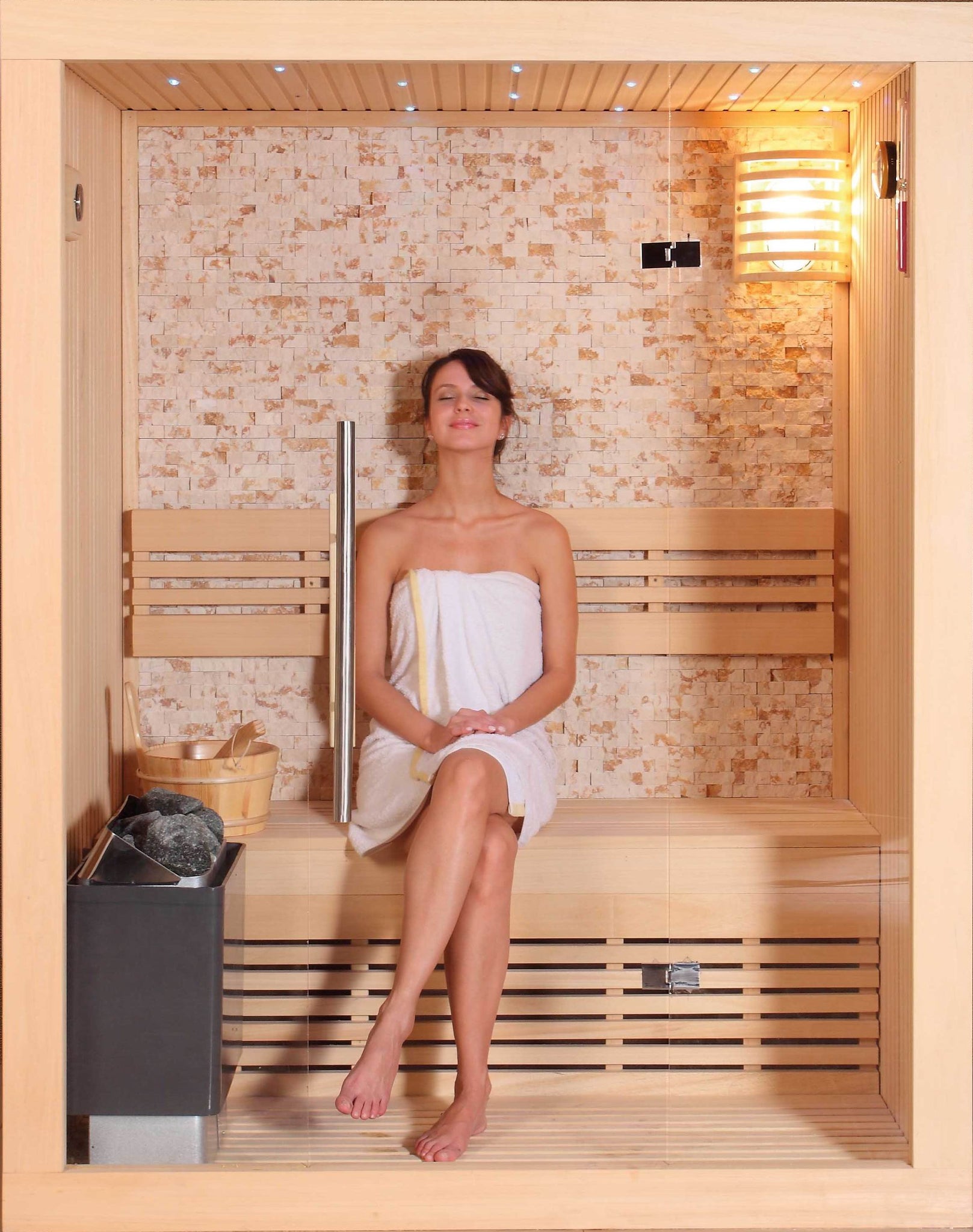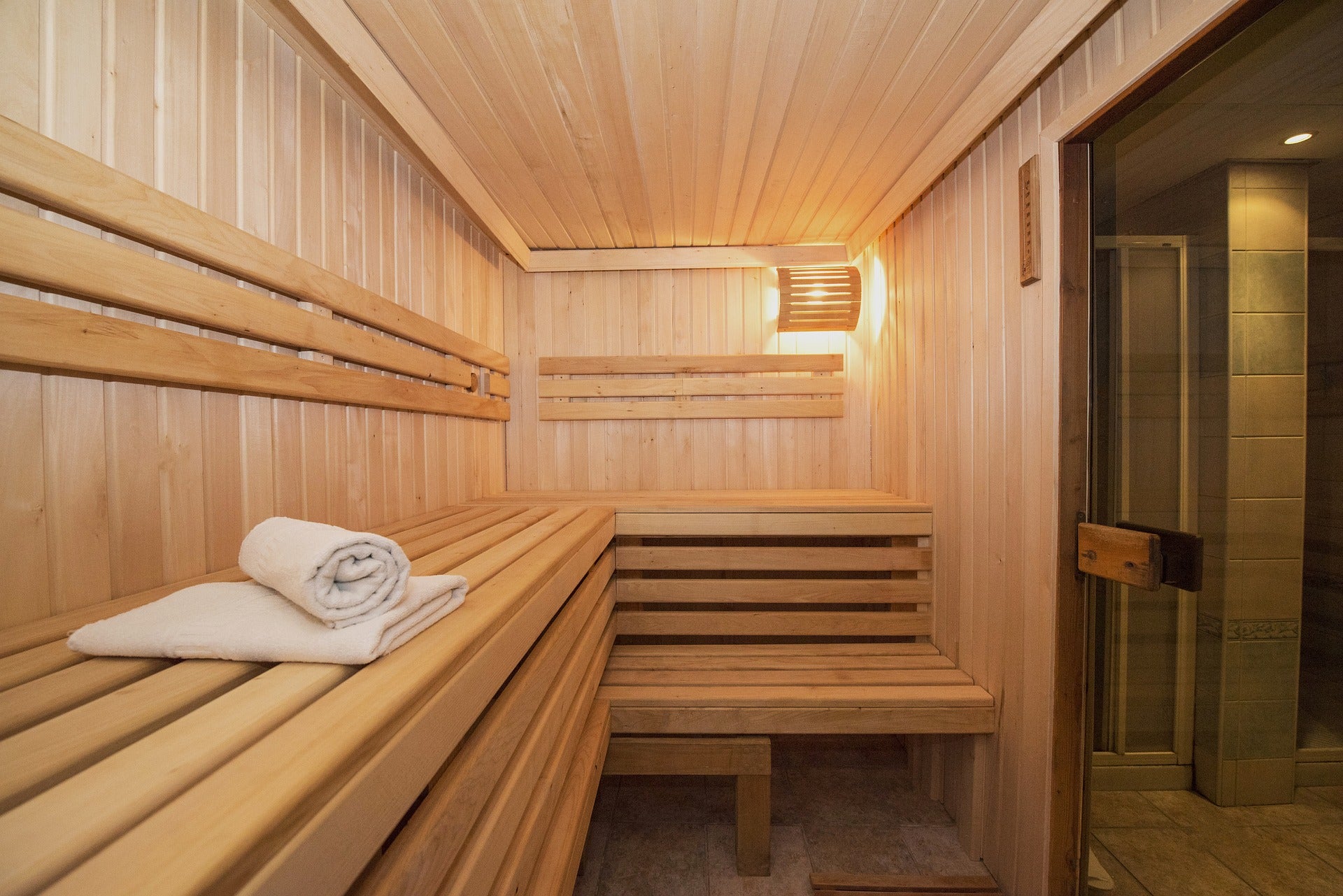The Basic Principles Of Traditional Sauna
The Basic Principles Of Traditional Sauna
Blog Article
Some Known Factual Statements About Traditional Sauna
Table of ContentsUnknown Facts About Traditional SaunaTraditional Sauna - The FactsThe 45-Second Trick For Traditional SaunaAll About Traditional Sauna
Many of the weight shed in a sauna is water loss and is re-gained upon rehydrating. Without an uncertainty sauna can be an important part of a healthy and balanced weight loss program. To look at the distinctions between traditional and IR saunas, I will divide these into verifiable, academic, and made differences.Hence, the best factor in the saunawhich is at the ceiling straight over the sauna heateris generally between 185 and 190 F. Traditional Sauna. Claims that a standard sauna surpasses 200 F is merely not true and not applicable for electrical saunas offered in the United States. The temperature for a far-infrared sauna is normally established in between 120 and 140 F; nevertheless, unlike the traditional sauna, the objective in and IR area is not to achieve a heat
As a result of this, the temperature difference is nearly unnecessary, since excessive sweating causes both sauna kinds, but the approach of warming the body is different. In an IR sauna the bather will really feel hot and will certainly sweat profusely, but at much reduced temperatures. Hence, if the objective is to spend longer durations of time in the sauna, the IR sauna is an excellent option.

The Greatest Guide To Traditional Sauna
When the high temperature is attained, the aspects cycle on and off to preserve the heat. A lot of typical sauna users delight in putting water over the rocks to create steam to increase sauna moisture levels. The benefits of pouring water over the rocks include: making the area much more comfortable, moistening the nasal flows, and permitting the use of aromatherapy by mixing vital oils with the water.
In a far-infrared sauna, the warmth waves pass through the body to properly heat up the body and increase the body core temperature level. To achieve this increased temperature, Far-infrared emitters create infrared energy which is close to the exact same wavelength discover this as that which the body normally emitsoften described as the "Important Range" of 7 to 14 microns), so the energy is well obtained by the body.
When the power enters the body, it causes the body temperature level to increase and ultimately leads to perspiration. In an infrared sauna it's vital for the emitters/heaters to continue to be on practically constantly. Because there is no mass of rocks to retain warmth, the sauna will certainly cool if the emitters turned off.
As pointed out above, the sauna bather in an infrared space wants to position himself before operating emitters to obtain optimal take advantage of the warm. The heating time for the two areas can be very different, depending on just how the rooms are utilized. For a traditional sauna, a bather should enable 30-40 mins for the space to achieve a preferred temperature level and to appropriately pre-heat the rocks.
Not known Factual Statements About Traditional Sauna
A well created sauna will typically achieve a temperature level of 150-160 F in concerning 30-40 minutes. For hotter temperature levels, the space may need to heat for a longer period.
To some, 15 minutes was "squandered" while the infrared energy heated up the timber panels as opposed to heating a body, while others locate a pre-heated area to be more comfy and believe an elevated beginning temperature level is needed helpful site to start perspiring. The length of advised usage for each area is around the very same (10-15 mins per session); nevertheless, because of the lower air temperatures and the capability to feel the results of infrared warm faster than a conventional sauna, it is not uncommon for an individual to spend a total of 20-30 minutes in an infrared sauna.
Typical saunas often tend to be bigger (hence use more electrical power) than infrared saunas, although typical saunas are certainly linked here available in one and 2 individual dimensions too. For a two-person traditional sauna, 5x6 or 5x7 size is most preferred. The leading bench can easily seat two or three individuals and is also long enough to relax throughout the sauna session.


The average cost per kWH of electricity in the U.S. is roughly $0.11, so a 4.5 kW heating system will cost around $.50 to compete one hour, if the heater runs continuously for one hour. Normally a sauna heating system will certainly compete 75% of the first hour and 50% of subsequent hours on because the elements cycle once the established temperature is achieved.
Examine This Report about Traditional Sauna
A 2 person far-infrared space is usually literally smaller sized than a typical sauna, often about 4' x 4' or smaller. The IR furnace is normally 1.5-1.7 kW using a 120 volt 15 amp plug-in service. Considering that the area can be used faster than a sauna area, we will think the area is used for to of an hour including heat up time.
Ultimately, there is a hardly ever discussed distinction in the social experience between the two areas. While our culture has lost several of the social benefit of the traditional sauna experience, it can be really socially fulfilling. From household time in the sauna, to heart-felt discussions with loved ones, to sauna partiesthe traditional sauna experience can cause intimate mingling.
A lot of greater end infrared areas include colored light treatment, noise systems and full-glass fronts.
Report this page